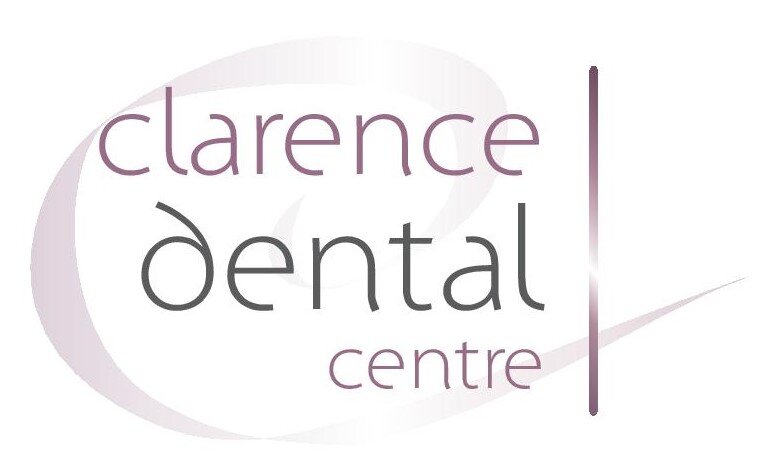Wisdom teeth troubles
It’s somewhere around the time of the 18th to 25th birthdays that we start to see wisdom teeth, or ‘third molars’ making an appearance in the mouth – though sometimes it can in fact be much later in life that they become apparent. It is common practice to have wisdom teeth removed in early adulthood, but have you ever wondered why?
Reason #1 – partially erupted wisdom teeth
Oftentimes, wisdom teeth have insufficient room to come through or ‘erupt’ in the mouth. When the teeth break through the gum only a little, or ‘partially erupt’, without the space to erupt into full position, food and bacteria make their way under the flap of gum which covers the unerupted portion of the tooth. Due to the lack of access to thoroughly clean the area, this bacteria causes inflammation and pain in the gum sometimes leading to infection. If the teeth are ‘jammed’ in an unerupted position, the dentist will recommend the removal of these teeth to resolve the issue.
Reason #2 – unerupted wisdom teeth
When an OPG x-ray shows unerupted wisdom teeth with insufficient room to erupt (or when partially erupted wisdom teeth are asymptomatic), the dentist will sometimes suggest prophylactic removal of the teeth. This is often suggested to avoid an emergency situation as described above, where painful infection may set in – often at the most inopportune times, like during university exams or over holiday periods. In addition, some orthodontists prefer to have wisdom teeth removed in their patients, as wisdom teeth may cause crowding as they push forward. Although the evidence for this rationale is not strong, the possibility of crowding may be of concern for those who have invested in years of orthodontic treatment to achieve straight teeth and an ideal bite or occlusion.
Reason #3 – positioning of erupted wisdom teeth causing problems
Often times, wisdom teeth may erupt fully in the mouth, but may do so in a less than ideal position. For example, an upper wisdom tooth may be buccally placed – or facing outward toward the cheek – causing rubbing and discomfort, or it may be impacting the gum on the lower upon biting down and chewing, aggravating a partially erupted wisdom tooth below it and further exacerbating the pain associated in the gum.
Reason #4 – decay and difficulty cleaning
Wisdom teeth are a long way back in the mouth, and access to clean them is often limited. This often results in decay forming in the teeth. In this situation, it may be prudent to remove the tooth, rather than fill it and run the risk of this tooth continuing to collect plaque which may put the tooth adjacent to it at risk.
Reason # 5 – the older you get, the tougher it gets
As we age, the density of the bone which supports the teeth increases. As a result, extractions become more difficult and recovery from the surgery extended. While a partially erupted wisdom tooth may not be causing pain right now, it may in years to come. This then becomes a consideration for taking the tooth out sooner rather than later, and at a time that suits your schedule rather than as an emergency.
If your wisdom teeth are causing you pain or discomfort, or you’d like to be proactive in assessing them, your first step is to see your general dentist for referral for an OPG x-ray of the jaw which shows the wisdom teeth. Your dentist will then discuss with you the best course of treatment, and if extraction is indicated, advise you on your next steps. Oftentimes a referral to an oral surgeon is required to have the teeth removed under general anaesthetic, in order to reduce the likelihood of complications arising from the risks involved in the surgery.
If you or a young person in your life would like to have wisdom teeth assessed, get in touch with us here at Clarence Dental, your experienced and trusted Indooroopilly dentists for over 40 years.


